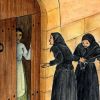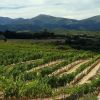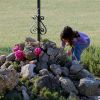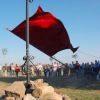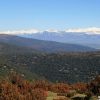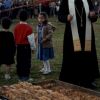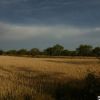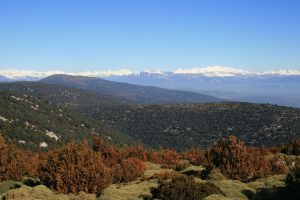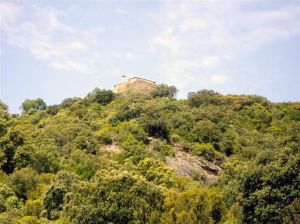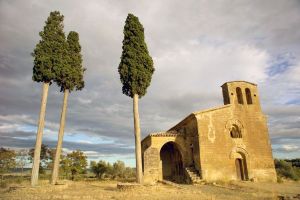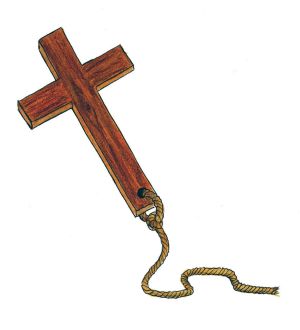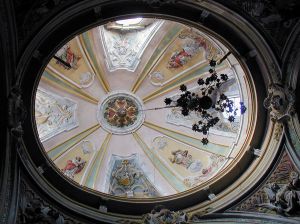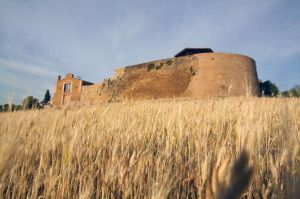Crucelós is no more than a mound of stones located at the crossroads of footpaths on the boundaries of Adahuesca, Abiego and Alberuela de Laliena, or maybe it is….
In the times of epidemics that devastated these lands, plague victims were driven out of the villages and the outlying boundaries of the villages became their refuge. In these areas, improvised cemeteries sprang up to bury the victims.
However, the dead often turned into tormented spirits who wandered around claiming the souls of those who travelled on the boundary paths. Because of this, people would throw a stone at the mound instead of giving up their soul.
As well as satisfying the dead, this offering had the power to tie the spirits of the deceased to the ground. The dead shared the ground with seeds, and so this ritual also reinforced the fertility of the fields and guaranteed copious harvests. The tradition was related to ancestral beliefs and pagan rites that were later incorporated into the church, by the simple act of attaching a cross to the mound.
History says that after years of dispute, the Sevil Mountains passed into Adahuesca’s power in 1476, which provoked many confrontations between the two locations.
However, legend tells another tale. Many years ago, the plague isolated the small hamlet of Sevil and the only survivors were two grandmothers; the last remaining heirs of the Sevil mountain range. They travelled from village to village looking for a new place to live but all doors were closed to them in fear that they carried the terrible disease. Finally, they were taken in in Adahuesca where they lived out the rest of their lives. To show their appreciation for the hospitality they had received, they left the village something they held in the highest regard; the Sevil Mountains. And so legend explains that this is the reason the mountain range belongs to Adahuesca and not to the nearer village of Alquézar.
Every 29th May, after sunset, the villagers make a small pilgrimage to the Crucelós spot, with a large red banner leading the march.
Grouped in front of the stony mound, the villagers say a funereal prayer for the soul of the grandmothers and throw a stone to the foot of the cross. To end the ritual, the priest blesses small cakes, which are eaten along with a glass of wine. The festive day concludes with villagers showing a sign of respect to the banner.
After the fiesta the villagers can return to their houses in peace, knowing that the harvest is assured.
On the 26th July, St Ana’s day, the children of Adahuesca go to the church square with their families to celebrate the “running of the pears.” Paired with children of the same age on one side of the square the impatiently wait for the signal to run across to the other side where baskets full of blessed pears are waiting. They take part in races while the fruit lasts.
Tradition is preserved once again with the participation of new generations in the running of the pears. Life and death go hand in hand with the legend of the grandmothers; infancy and maturity are brought together in the ritual of the pears. Legend and fiesta coexisting in Adahuesca.



